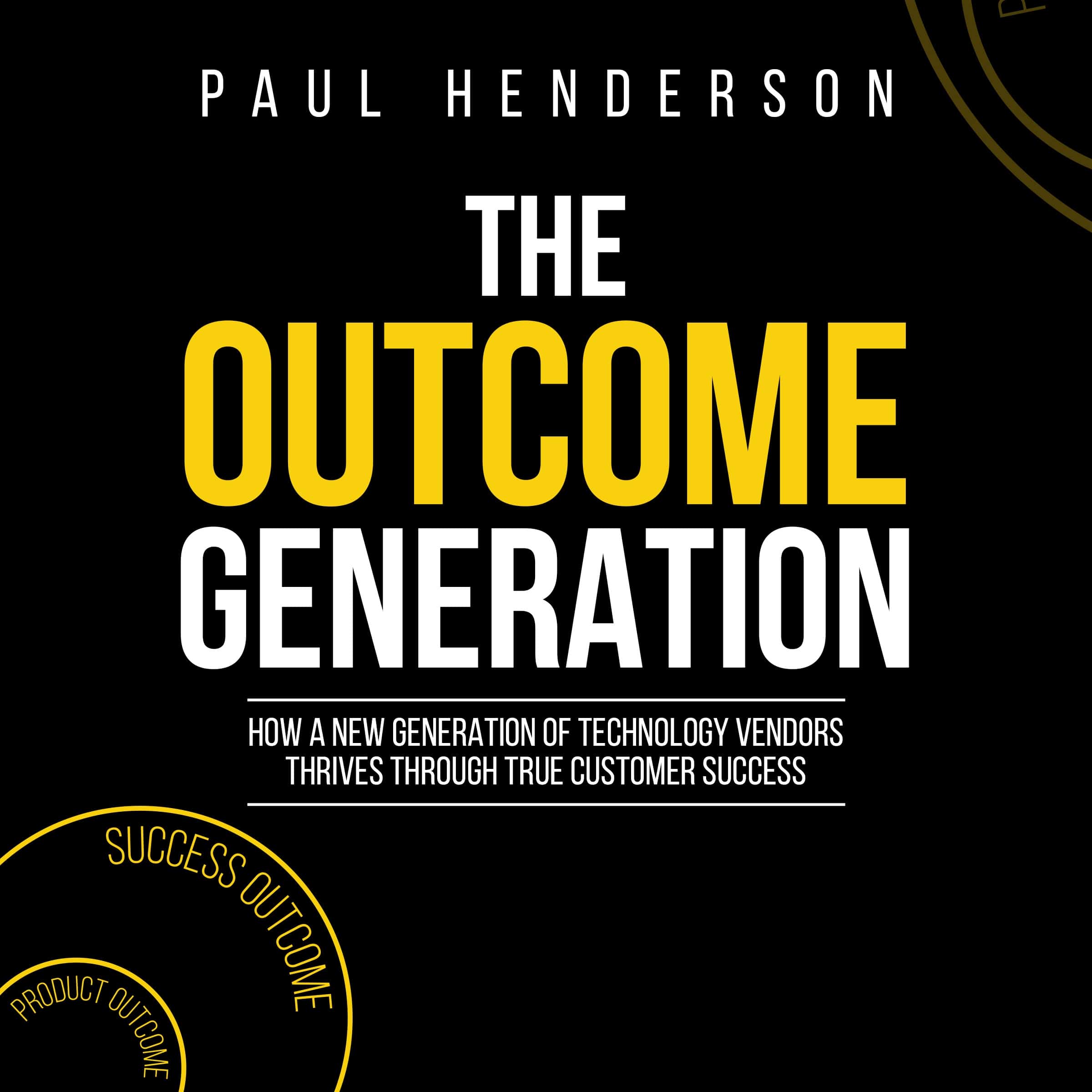
Showing Return on Investment on technology products won’t help sell those products. It’s expensive, time-consuming and has little credibility. Fortunately, there is a better way.
Justifying the Price of a Product
Technology vendors feel they must justify the price of their product. Many develop Return on Investment (ROI) models. The models purport to calculate both the costs and benefits of using their product. Based on this data, they calculate ROI.
The numbers usually look good. Benefits outweigh costs. The customer may have internal hurdle rates for investment or maximum ROI time periods. The ROI models will show how investing in the vendor’s product exceeds these minimum requirements.
Vendors might hope this ROI will convince the customer to buy the product. The truth is that ROI provides little help in selling. And there are good reasons for that.
No-One Believes the Numbers
Customers take the output from these ROI models with a pinch of salt. The ROI models contain lists of benefits with a value next to each benefit. But, everyone understands the numbers have been massaged to produce the desired ROI.
The proposal will need approval from top management or the board. If the vendor provided the ROI numbers, the executives or board members will be suspicious. Even with the benefits pre-approved by the customer’s staff, the executives or board members will be cautious. They might feel staff have other motives for approving the numbers. For example, the staff want a project like this on their resume or CV.
Many Factors Affect the Results Achieved
Making matters more complex, each benefit relies on assumptions about what might happen in the business. If the assumptions prove correct, the benefits may occur. But everyone knows other factors affect the results. The market might go up or down. A change in the staff may occur. A competitor may introduce a new product. Any of these factors will affect the results. So, how would anyone determine the ROI associated with an individual technology product? The web of factors affecting results is too complex to unravel.
Buying Is First and Foremost an Emotional Decision
Finally, there’s the question of how people make buying decisions. While we’d all like to believe we are rational beings, the reality is different. When we buy anything, we make an emotional commitment first. Then, we rationalise that decision. And that’s what happens with technology purchases. The staff of a customer make an emotional commitment to a path or product. And then they justify that decision.
ROI can assist with justification. But, it plays almost no part in the emotional decision. And that’s when the sale is really made.
ROI Doesn’t Help Sell
These factors all contribute to ROI being a poor sales tool. Everyone takes the numbers in the model with a pinch of salt. Many factors affect the results. And ROI has little influence when people make the emotional decision of who to choose.
So, what can you use?
There’s Always an Outcome to be Achieved
Whenever somebody buys something, there’s an outcome they want to achieve. Even the simplest purchases have an outcome. If you buy a hamburger, you want to be full. If you buy a movie ticket, you want to be entertained. These are outcomes from the purchase.
The same is true with technology products. There’s always an outcome to which they contribute. We should remember this idea –
People PAY for your products or services, but they BUY the chance to achieve a business outcome.
Link Your Product to an Outcome the Customer Cares About
Customers don’t care about a vendor’s products or services. They care about a business outcome that will benefit them in some way. Perhaps they’ll get a promotion. Or a bonus. Or internal recognition. The company will, of course, receive a strong benefit. But, for people to make the emotional commitment to a path, they need to see how they will also benefit.
So, until people in the customer have made an emotional commitment to you, forget about ROI. Concentrate on identifying a business outcome that needs your product. Show that your product is integral to the outcome. If the customer wants the business outcome enough, your product will go along for the ride.
Is there a Place for ROI?
At some point, key people will make an emotional commitment to you. They may need justification for higher-level approval. Now it’s time to bring out the ROI model. Sit down with these key people and ask them to give you the numbers. Together, you’ll ensure the required hurdle rates or investment periods are met.
But, by this stage, the selling is over.
This article is based on the book; The Outcome Generation: How a New Generation of Technology Vendors Thrives through True Customer Success
Paul Henderson is an author, speaker and consultant on outcome-based customer success for technology vendors. His last role was leading the Asia Pacific region of an enterprise software company. He saw the potential that could come from delivering real and measurable business success for customers. So, he initiated a customer success program based on customer outcomes. He and his colleagues developed, modified and proved the model over more than five years. He thespent one a half years researching and writing, culminating in the release of The Outcome Generation.
+61 1300-859791
pjh@outcomeleaders.com
facebook.com/outcomeleaders
linkedin.com/outcomeleaders
youtube.com/outcomeleaders
Receive the latest on Outcome-based Customer Success |
Send us a Message
Error: Contact form not found.



